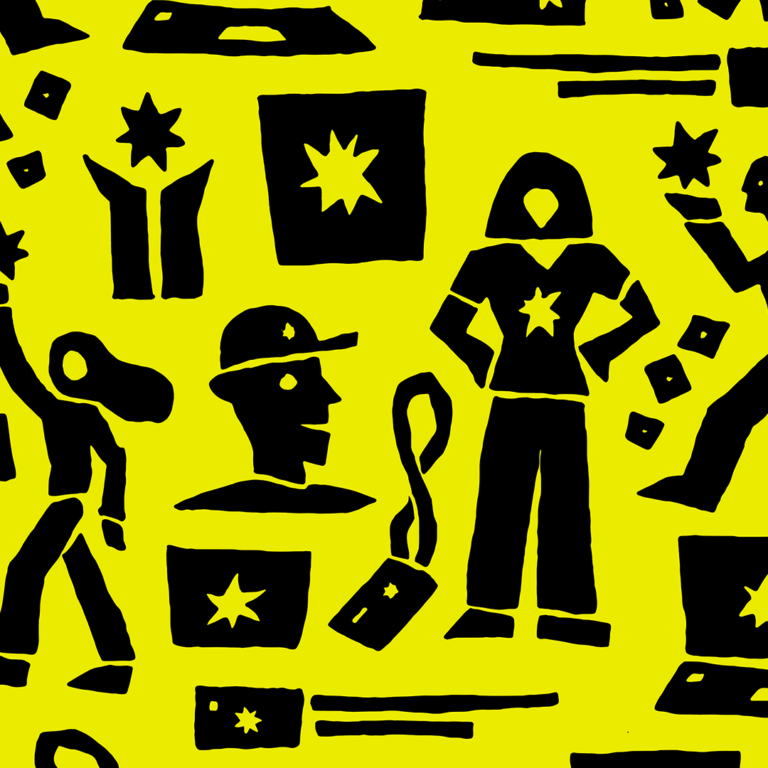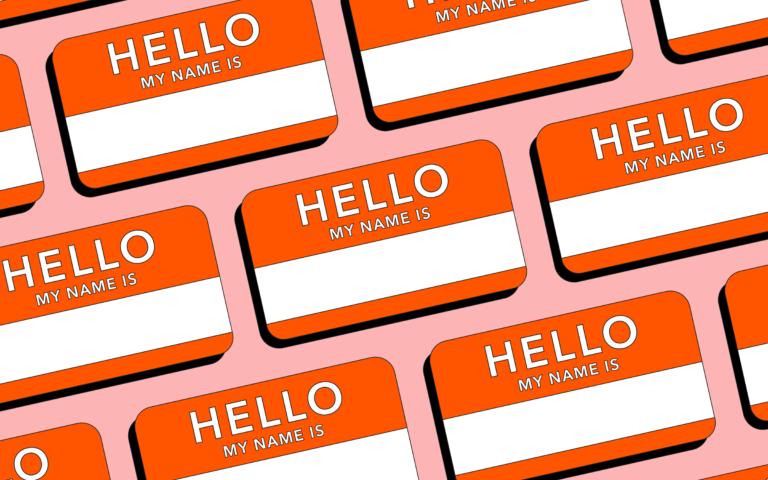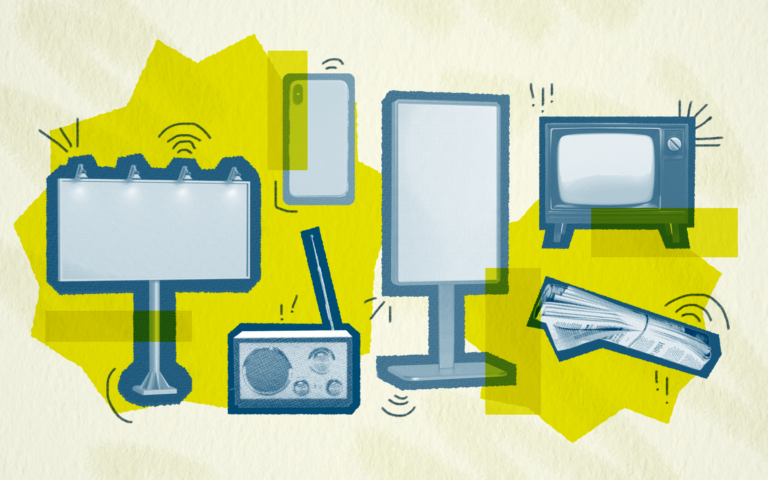
Which Type of Tagline is Right for You?
Second to a company name, a tagline might be one of the hardest verbal identity elements to craft. It needs to be original, ladder back to the strategy, resonate with the audience, stick in people’s minds, and do all that quickly. It can be hard to pack that much meaning into such a tiny phrase. But when they’re written well, taglines become prized parts of pop culture, repeated by sports coaches, quoted in movies, sang out when dinner’s ready and even echoed in personal mantras.
So how do you write a tagline well, especially as the brief gets tighter and the space to play gets smaller? We’re always a fan of tonnage, and open-ended brainstorming. Letting your censors down and writing as many ideas as possible (even the bad and silly ones) often leads to original thinking. But a guiding framework can help add structure and inspiration to how writers craft taglines.
To build that framework, our strategy team has come up with categories that define different jobs taglines can accomplish. By looking at some of the best taglines in the world, they’ve identified key roles types of taglines play, and what they mean to the brand and customer. By grouping taglines this way, we can make sure we’re properly covering off on a wide range of possibilities, and better navigate a conversation with a client about what the tagline really needs to achieve.
Here are the types of tagline roles our framework includes:
Make a Promise
When people think of classic taglines, brand promises often come to mind first. This type of tagline tells people what they can expect from a brand by tapping into a unique attribute of its products or services. This approach can help a brand gain perception as unique, reliable, and trustworthy.
Memorable taglines in this territory are Allstate (“You’re in good hands”), Hinge (“Designed to be deleted”) and M&M’s (“Melts in your mouth, not in your hands”).
Share a Belief
Belief-based taglines communicate a brand’s unique point of view on how things should be. At their best, these taglines help an audience perceive a brand as optimistic, thought-provoking, and idealistic.
A few of our favorite belief taglines come from REI (“A life outdoors is a life well-lived”), L’Oréal (“Because you’re worth it”) and Guinness (“Good things come to those who wait”).
Claim a Space
These taglines carve out a role for a brand to play in their audience’s life. When done well, they connect a brand’s product(s) to a specific behavior, experience, or lifestyle. “Claiming a space” can support the perception of a brand as confident, inviting, and useful.
Brands that claim a space effectively with their taglines are Slack (“Where work happens”), Discord (“Your place to talk and hang out”) and FedEx (“The world on time”).
Put Out a Rally Cry
With this action-oriented approach, a brand can motivate an audience that is seeking improvement to think or act differently. As a result, these taglines give people the sense that a brand is inspiring, provocative, and energetic.
A few especially memorable brand rally cries come from Garmin (“Beat yesterday”), TikTok (“Make every second count”) and Acer (“Explore beyond limits”).
Reflect Your Audience
Another highly effective approach is using a tagline to connect a brand to an audience’s self-perception. With this approach, a brand captures their audience’s existing or aspirational sense of self in the tagline. Reflecting your audience can help a brand be perceived as understanding, friendly, and inviting.
Classic examples of taglines that reflect a brand’s audience are Razer (“For gamers. By Gamers.”), Twitch (“You’re already one of us”) and Wheaties (“The breakfast of champions”).
Working with Tagline Categories
We’ve found that using these categories not only leads to more creative taglines, but it helps us make sure we’re pushing the tagline to have its own clear role in a brand’s messaging system. The brand purpose and category description can stay specific to the business’s goals, while the tagline becomes freer to evoke emotion, inspire action and more.





